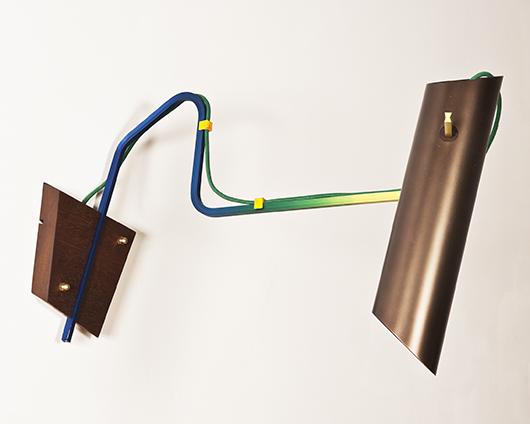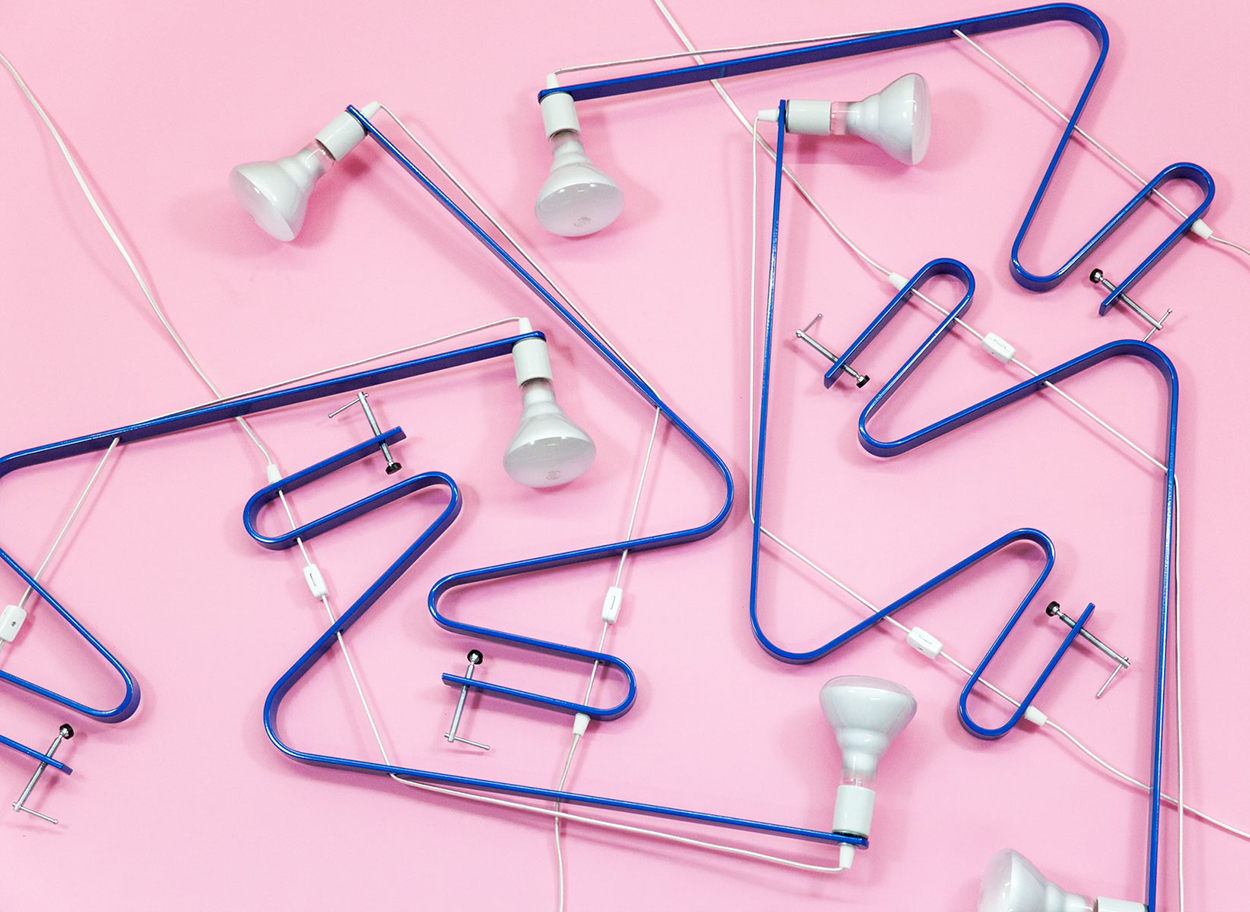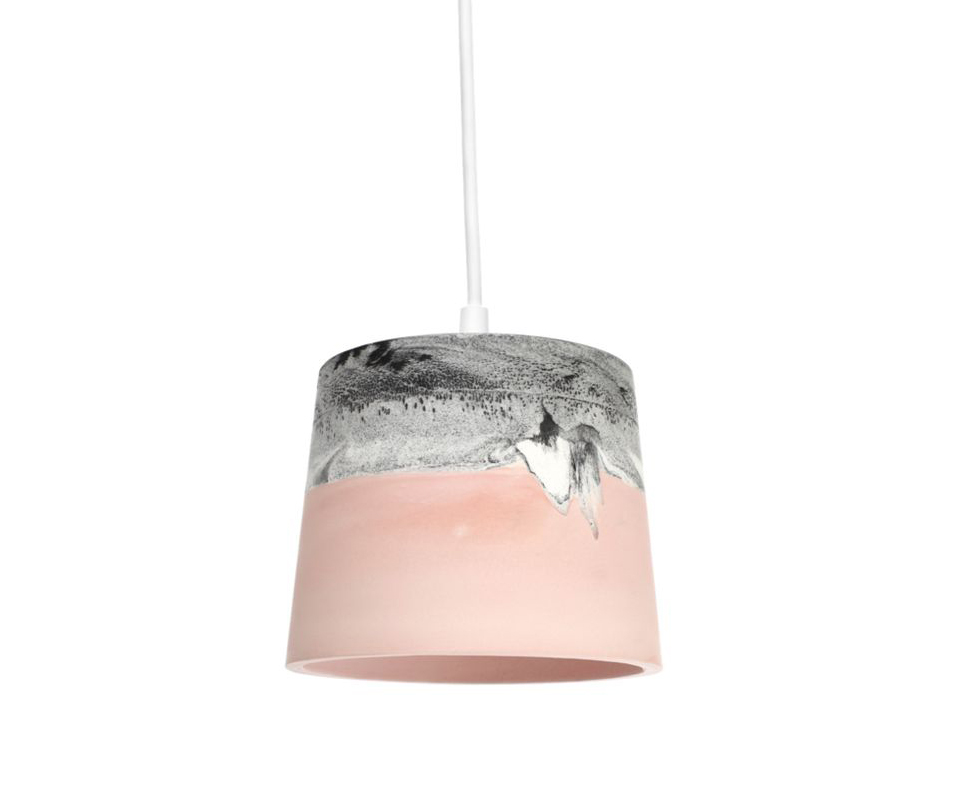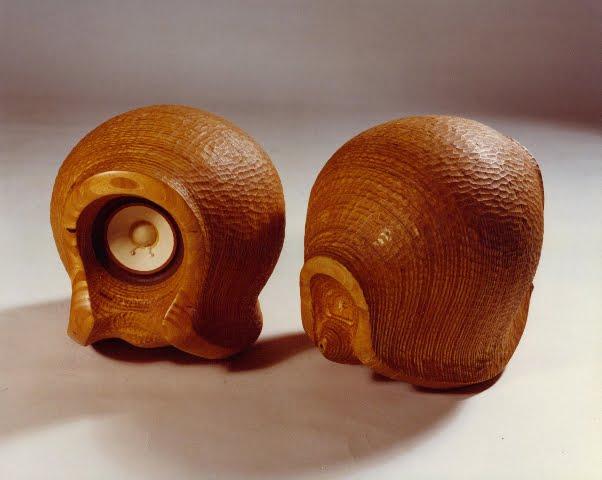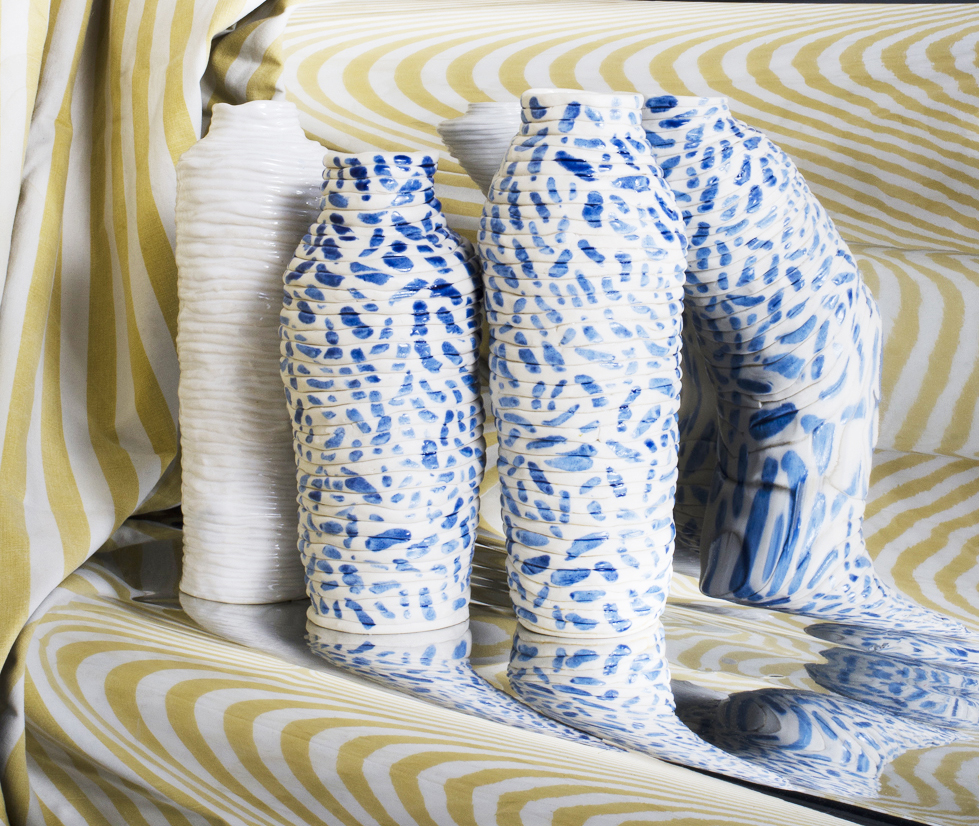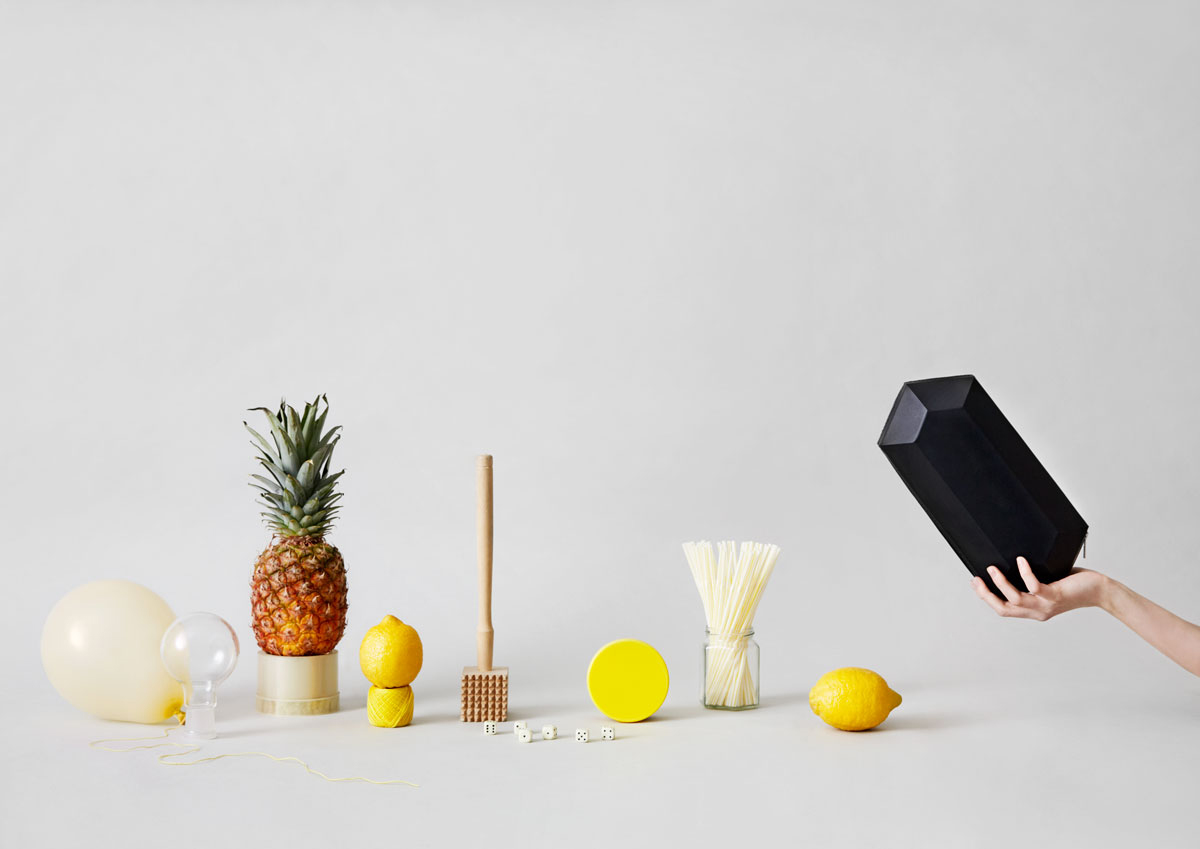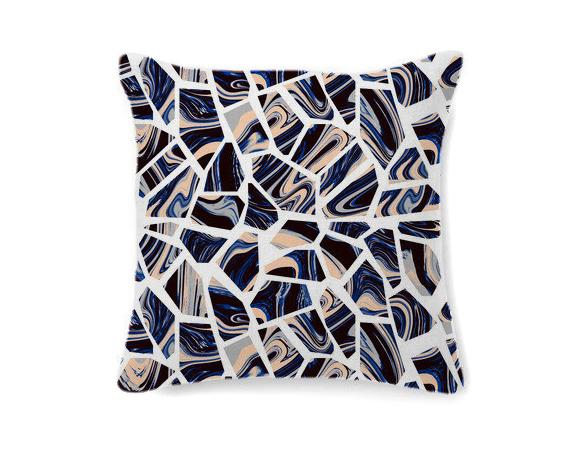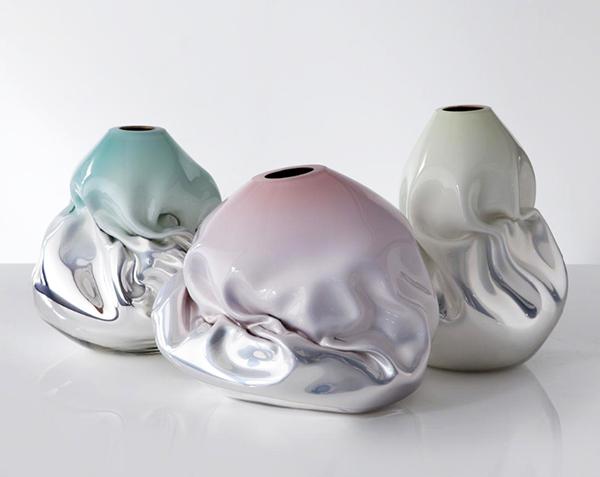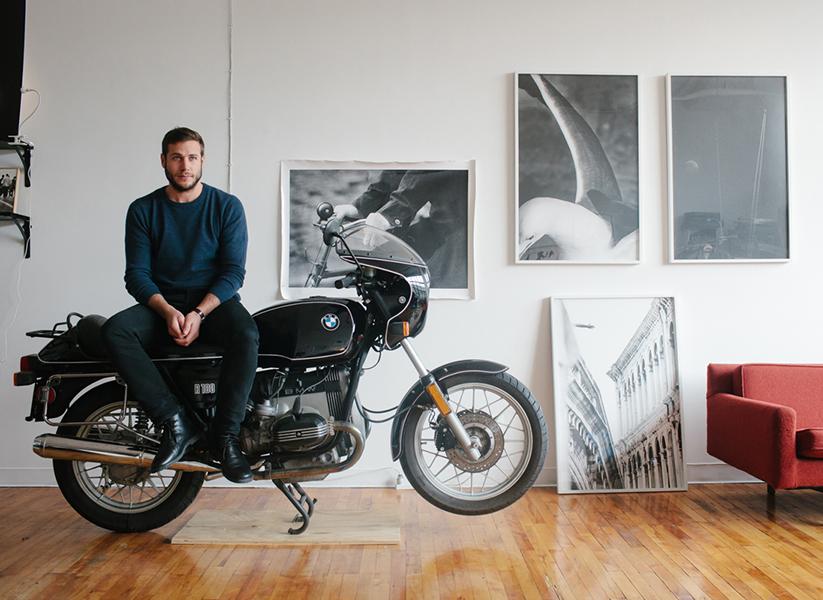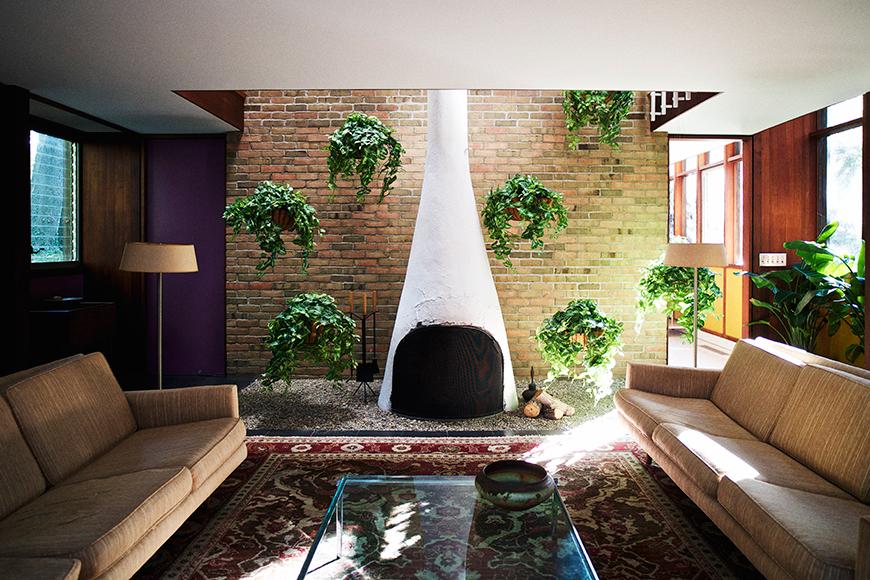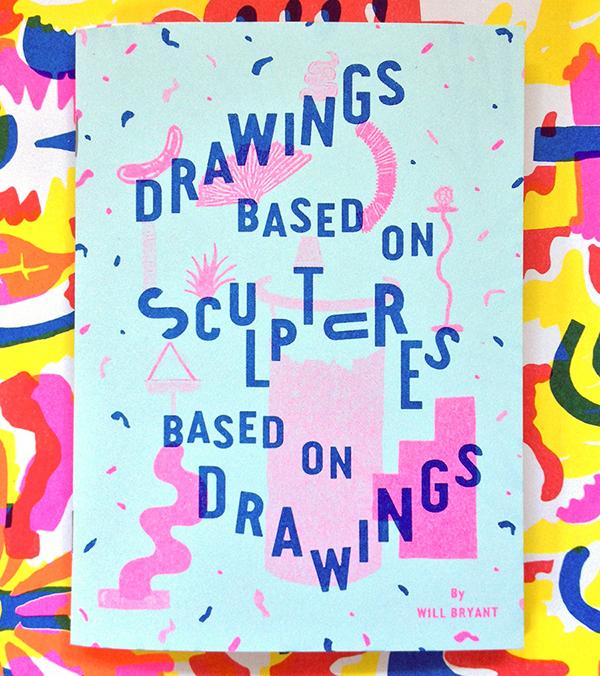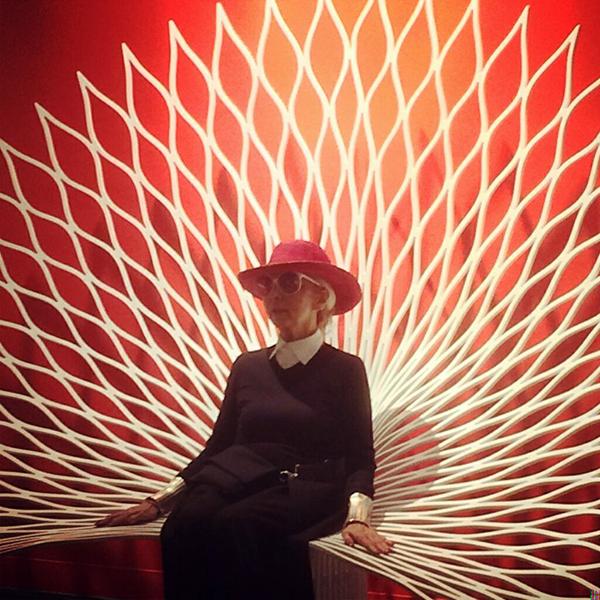
12.10.13
Fair Report
At Art Basel and Design Miami 2013: Part II
If you spent even an ounce of time at the pool while in Miami for Basel last week, or having cocktails with friends, or sleeping late thanks to an epic hangover, there's an excellent chance you failed to see everything that was on view at the various fairs and satellite exhibitions around town. We ourselves had so little time at Art Basel itself that we did an embarrassingly inadequate skim through what amounted to about a third of the show, promising ourselves we'd come back later in the week (yeah right). And then there were the personal moments we missed just by virtue of not being able to be at every gathering of friends, every party, or every impromptu beach hang at any given time — the weird, wacky, and wonderful experiences our friends had amidst the hyper-stimulation that is Basel, which we witnessed fragments of during the rare times when we were able to sit down and catch up on our Instagram feed. Because we couldn't be everywhere nor see everything, we decided to ask some of our favorite design-world folks to share with us what they saw — the one favorite photo they took in Miami last week, from droopy hot dogs to Modernist masterpieces.
